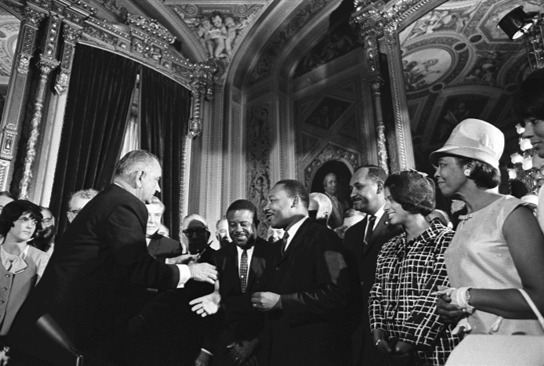The Voting Rights Act has been subject to several Congressional amendments and court decisions over the past sixty years. Congress extended the life of the act several times and made substantive changes, including adding some non-English speaking communities in the 1970s to other minority groups protected by federal preclearance. Section five of the act requires certain states, counties and other jurisdictions to get federal approval, or preclearance, before they can alter their voting procedures. Section four, subsection b, created a coverage formula used to determine which jurisdictions would need preclearance. Most Southern States were originally subject to preclearance, and changes to the coverage formula in the 1970s added many other jurisdictions in northern states and four California counties to preclearance. In 2013 the US Supreme Court ruled section four, subsection b, unconstitutional in the case Shelby County v. Holder. The court did not strike down section five but, as of the sixtieth anniversary of the Voting Rights Act, Congress has not yet created an updated coverage formula. Consequently, these jurisdictions can change their voting rules without federal approval.
